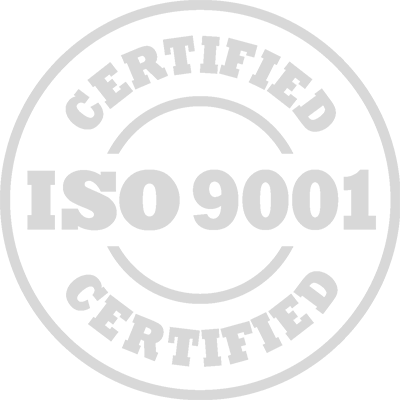Introduction:
This oil and gas pumps, compressors, turbines, applications, and performance course underscores the critical role rotating machinery such as oil and gas pumps, compressors, and turbines play in the process, petrochemical, and oil and gas industries. It aims to provide foundational knowledge of liquid and gas systems, including concepts such as pressure, head, capacity, flow, and friction head losses, and an exploration of their operational dynamics.
Participants will examine the main construction and components of centrifugal and positive-displacement pumps, oil and gas compressors, and turbines. They will gain insights into applying these various types of pumps in the oil and gas industry and understand their best uses across different operational contexts.
Turbines are integral to the oil and gas industry's power generation and mechanical drive applications. This module will elaborate on the diverse types of oil and gas turbines, their construction, and strategies for optimizing their performance. Understanding these aspects is vital to enhancing operations' overall efficiency and reliability in these applications.
Targeted Groups:
- Technicians and Operators.
- Graduate Engineers.
- Mechanical and Process Engineers.
- Plant Engineers are responsible for operations, maintenance, and troubleshooting.
- Maintenance and Instrumentation Professionals.
- Technologists and Facility Operators.
- Supervisors, Team, and Project Leaders.
Course Objectives:
By the end of the oil and gas pumps, compressors, turbines, applications, and performance course, participants will:
- Grasp pertinent fluid laws and the terminology associated with diverse types of pumps used in the oil and gas industry.
- Understand centrifugal and positive displacement pumps, compressors, and associated components.
- Employ pump performance curves and evaluate pumping system requirements, fully appreciating the variables that impact operation.
- Operate pumps and compressors with optimal efficiency, approaching their design parameters.
- Comprehend various types of turbines and their key components.
- Understand turbines' working principles and characteristics and know the major components.
- Acquire skills to troubleshoot pump, compressor, and turbine system issues.
- Learn strategic selection, operation, and maintenance practices.
Targeted Competencies:
At the end of this oil and gas pumps, compressors, turbines, applications, and performance training, target competencies will:
- Profound knowledge of fundamental principles guiding fluid flow.
- Optimize operational and maintenance processes for pumps, compressors, and turbines.
- Troubleshoot problems specific to pumps, compressors, and turbines to prevent repetitive failures.
- Exercise stricter control over maintenance budgets by reducing unexpected equipment failures.
Using Pumps in the Oil & Gas Industry:
In the oil and gas industry, pumps are indispensable for many applications, from transferring crude oil to injecting chemicals for process operations. This oil and gas pumps, compressors, turbines, applications, and performance course will explore the different types of pumps oil and gas industry professionals utilize, the occasions each type is best suited for, and the significance of choosing the right pump for the job to ensure the industry's performance remains at its peak.
Course Content:
Unit 1: Introduction and Fluid Laws:
- Basic principles of pumps, compressors, and turbines.
- Comprehension of fundamental liquid and gas Laws.
- The concept of head.
- Flow types and losses.
- Introduction to Net Positive Suction Head (NPSH).
Unit 2: Pumping Systems, Pump Performance, and Pump Type Construction:
- Exploration of pump types and performance, focusing on centrifugal and positive displacement.
- Understanding pump characteristics such as head, capacity, power, efficiency, and NPSH.
- Analyzing pump and system curves.
- Overview of Positive Displacement Pumps, including reciprocating and rotary.
- Introduction to Dynamic Pumps, including centrifugal, axial, and multistage variants.
- A look into sealing systems like conventional packing glands and mechanical seals.
Unit 3: Compressor Construction, Types, Characteristics, and Performance:
- Detailed view of positive displacement compressors such as reciprocating and diaphragm models.
- Guided exploration of rotary compressors, including screw, lobe type, sliding vane, and liquid ring compressors.
- Examination of dynamic compressors, such as centrifugal and axial types.
- Analysis of the principles of operation and compressor performance curves.
- Understanding surging and choking are pivotal concerns within the oil and gas industry compressor.
Unit 4: Turbine Types, Construction, and Performance:
- Identification of turbine types like gas turbines and steam turbines.
- Overview of the turbine operations.
- Major components include nozzles, stator, and rotor blades and their configurations.
- Gas turbine working cycle and understanding of the Pressure-Volume diagram.
- Discussion on the stages of turbines.
Unit 5: Troubleshooting & Maintenance:
- Techniques for potential failure analysis
- Troubleshooting steps for addressing common faults.
- Development of preventive maintenance plans.
- Vibration causes include unbalance, misalignment, bearing, and gear defects.
- Analysis of cavitation.
- Water hammer:
- What causes a water hammer?
- Solutions for water hammer.


